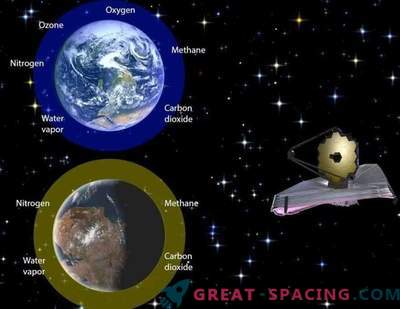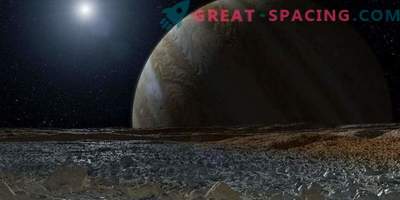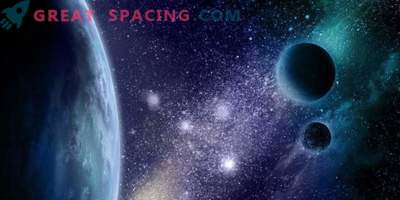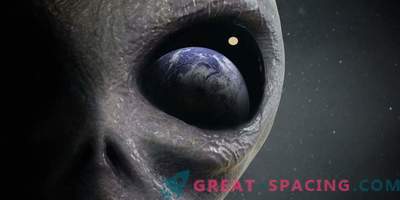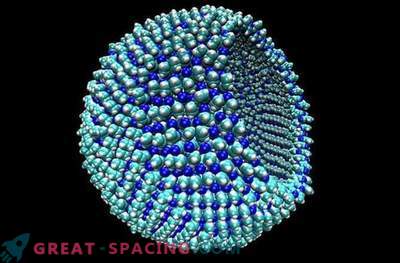
In Amsterdam Zeydas, it was possible to determine the difference between imitation (synthetic turf) and real life (leaves on trees)
Dutch scientists were able to create a device capable of fixing living plants for kilometers. In the future, the technique can be used in the process of finding life outside our planet.
The inventor was biologist Lucas Patty. He created a spectropolarimeter TreePol - a type of camera with special lenses and receptors that can detect the rotation of light created by the reflection of plants. At first, the instrument was tested in the laboratory to observe various leaves, including ivy and ficus. Thus, it was possible to prove that it is possible to fix the difference between healthy and dying vegetation.
Then the device was carried to the roof of the laboratory building. The camera was sent to the football field, but there was no signal. Patty decided to figure out what was happening and found out that the teams were playing on artificial grass! After that, the biologist sent sensors to the trees and received a clear signal.
TreePol takes advantage of the fact that molecules in living organisms rotate light upon reflection. This circularly polarized light moves in a spiral type, which can be fixed at large distances with the help of special equipment. TreePol was created specifically for the leaves of trees, but almost all the molecules in living organisms reflect light in this way. Now scientists are trying to figure out how to use the TreePol method to monitor crops from an airplane or satellite. In the future, the technology is hoped to be applied at even greater distances. A group of astronomers is currently working on improving the instrument for use on the ISS or lunar spacecraft.
The project is part of PEPSci's planetary and exoplanetary science, uniting biologists, astronomers, chemists and geologists. Over the past 40 years, nearly 4,000 distant worlds have been found. To find traces of life, scientists first need to identify specific characteristics (biological markers).
Usually we are talking about water, oxygen and carbon, but these molecules and atoms are not 100% proof of the existence of life. But TreePol seems like a promising project.


